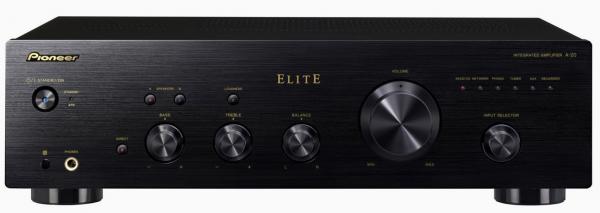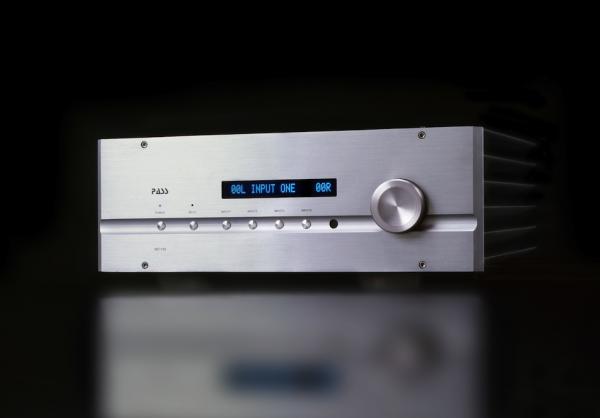|
May 29, 2019 |
|
Feb 27, 2019 |
|
Dec 05, 2018 |
|
Sep 19, 2018 |
|
May 31, 2017 |
|
Feb 22, 2017 |
|
May 14, 2014 |
|
Jan 02, 2014 |
|
Oct 08, 2013 |
|
Oct 04, 2010 |
|
Feb 13, 2013 |
|
Feb 22, 2012 |
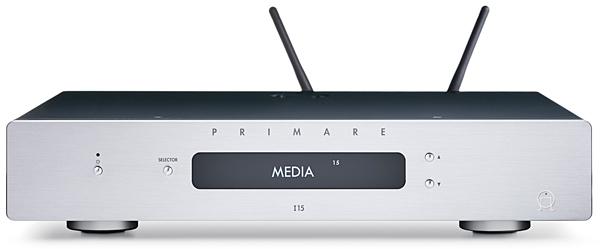

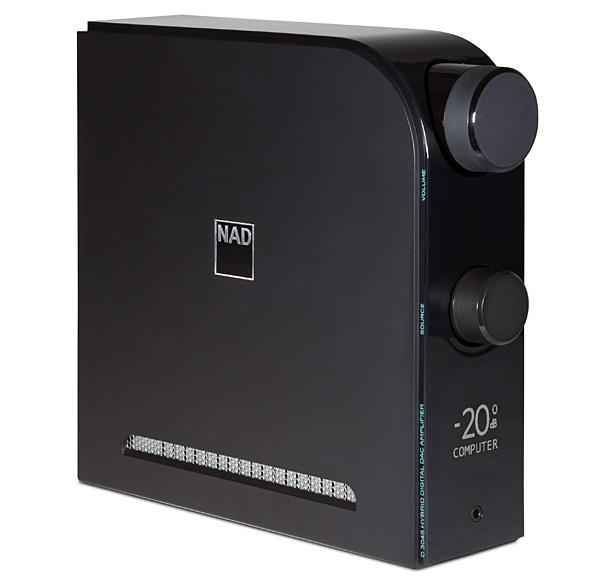

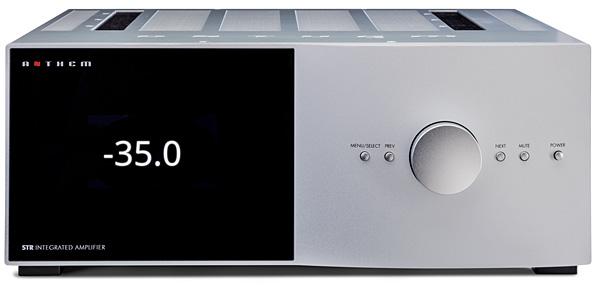
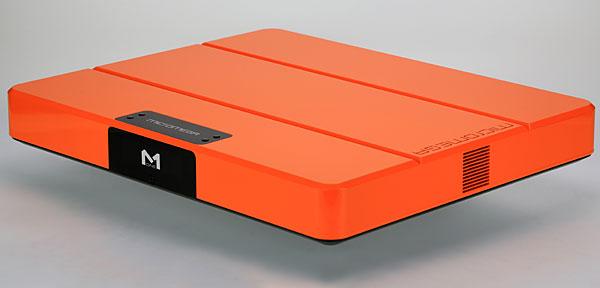
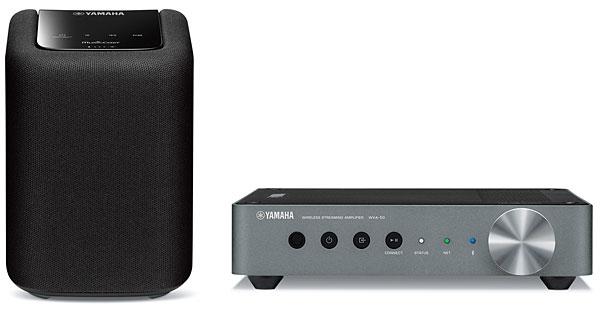


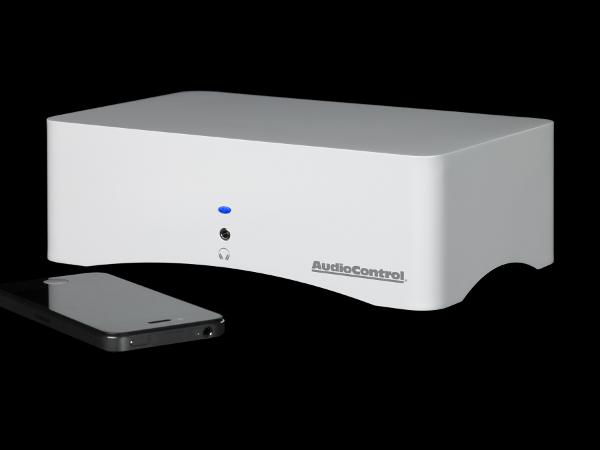
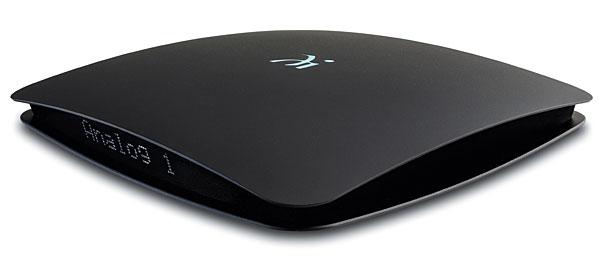
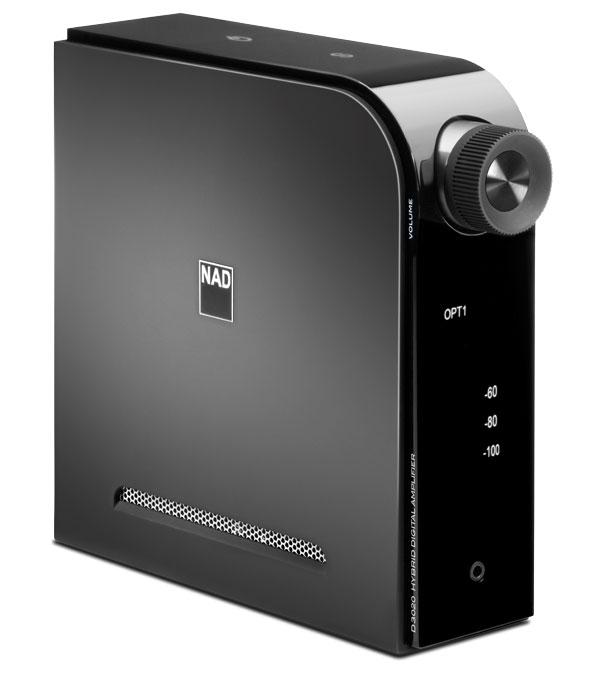

 Price: $999 At A Glance: Desktop stereo integrated amp, including tube preamp and DAC • Apple-approved digital iPod connection • Jitter reduction
Price: $999 At A Glance: Desktop stereo integrated amp, including tube preamp and DAC • Apple-approved digital iPod connection • Jitter reduction
